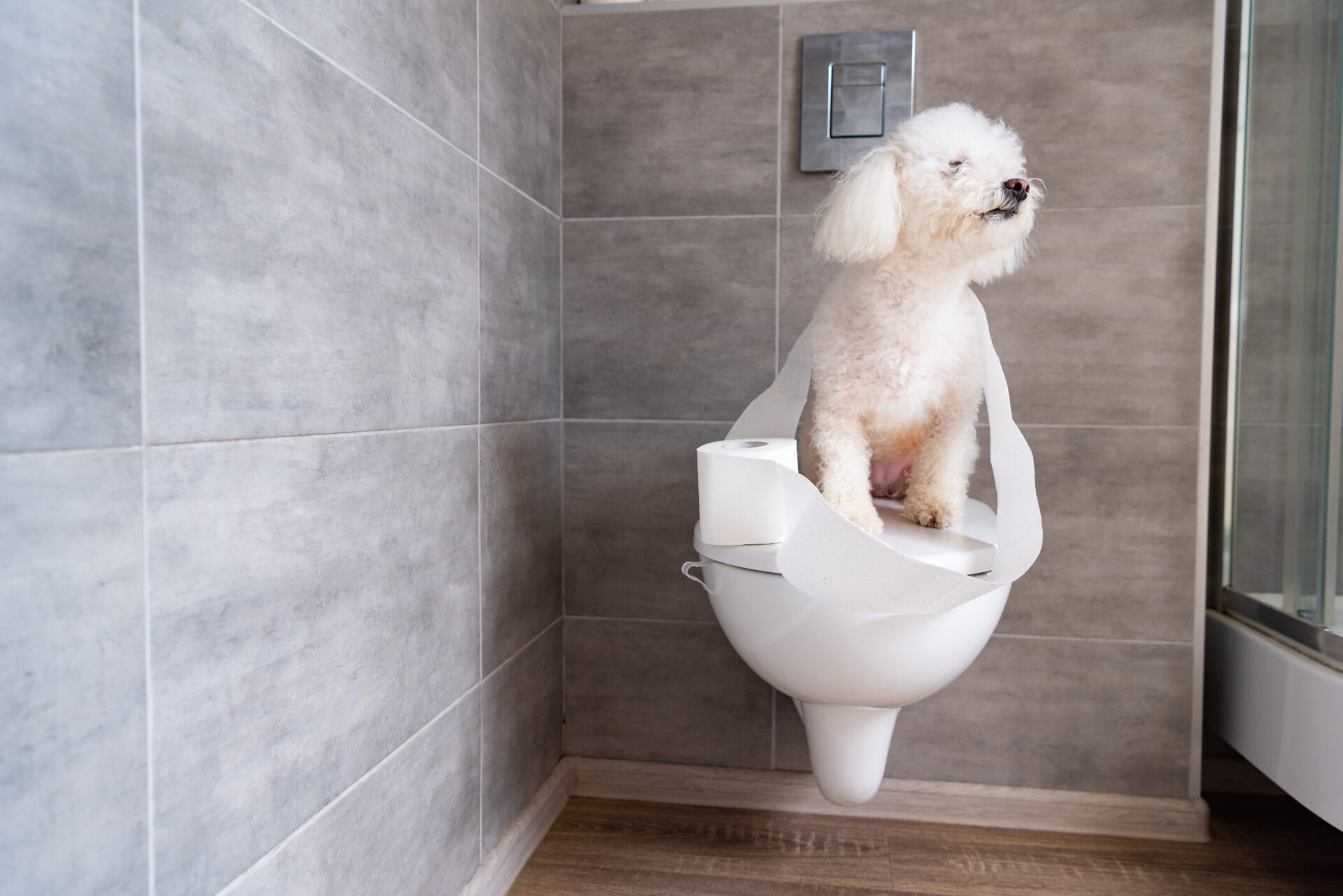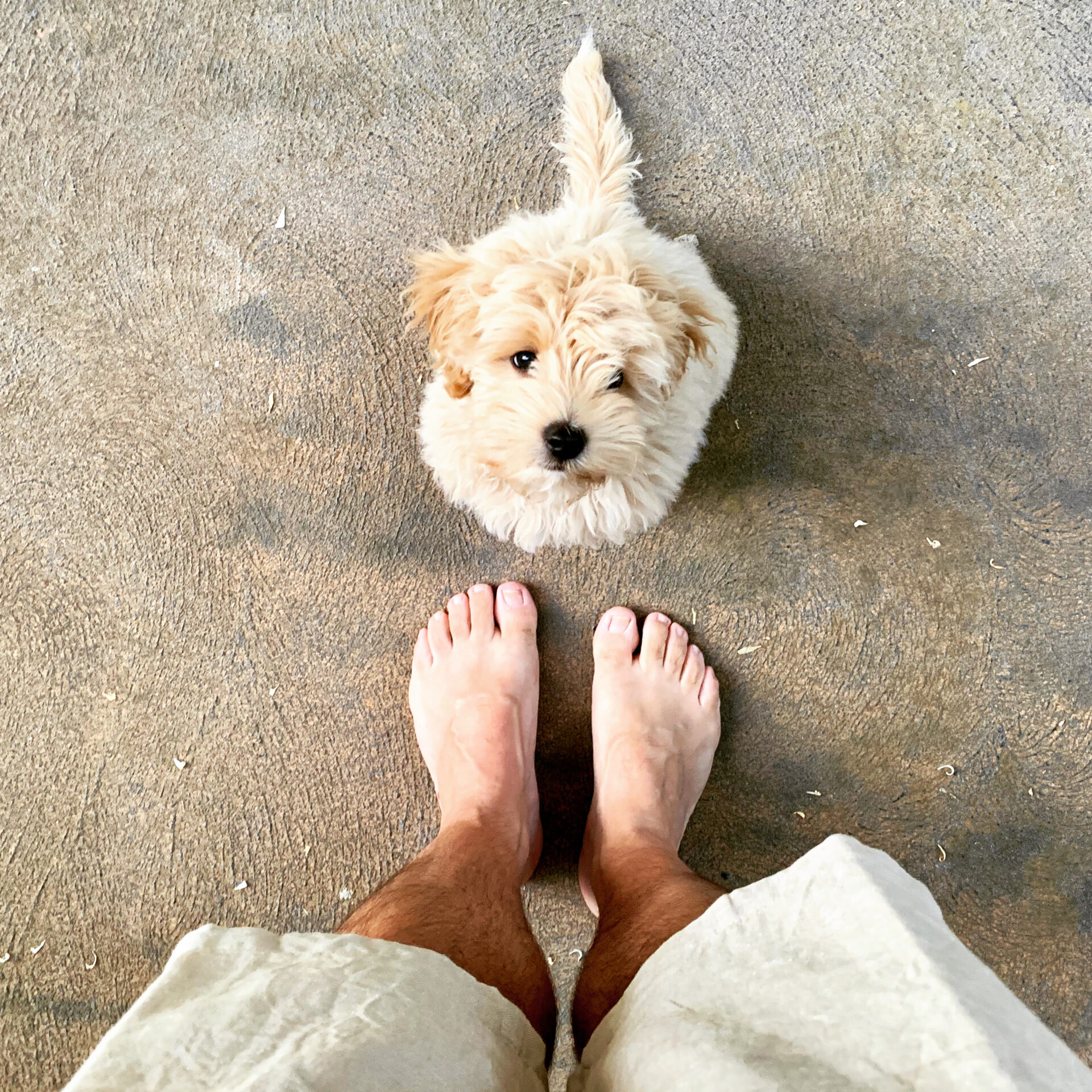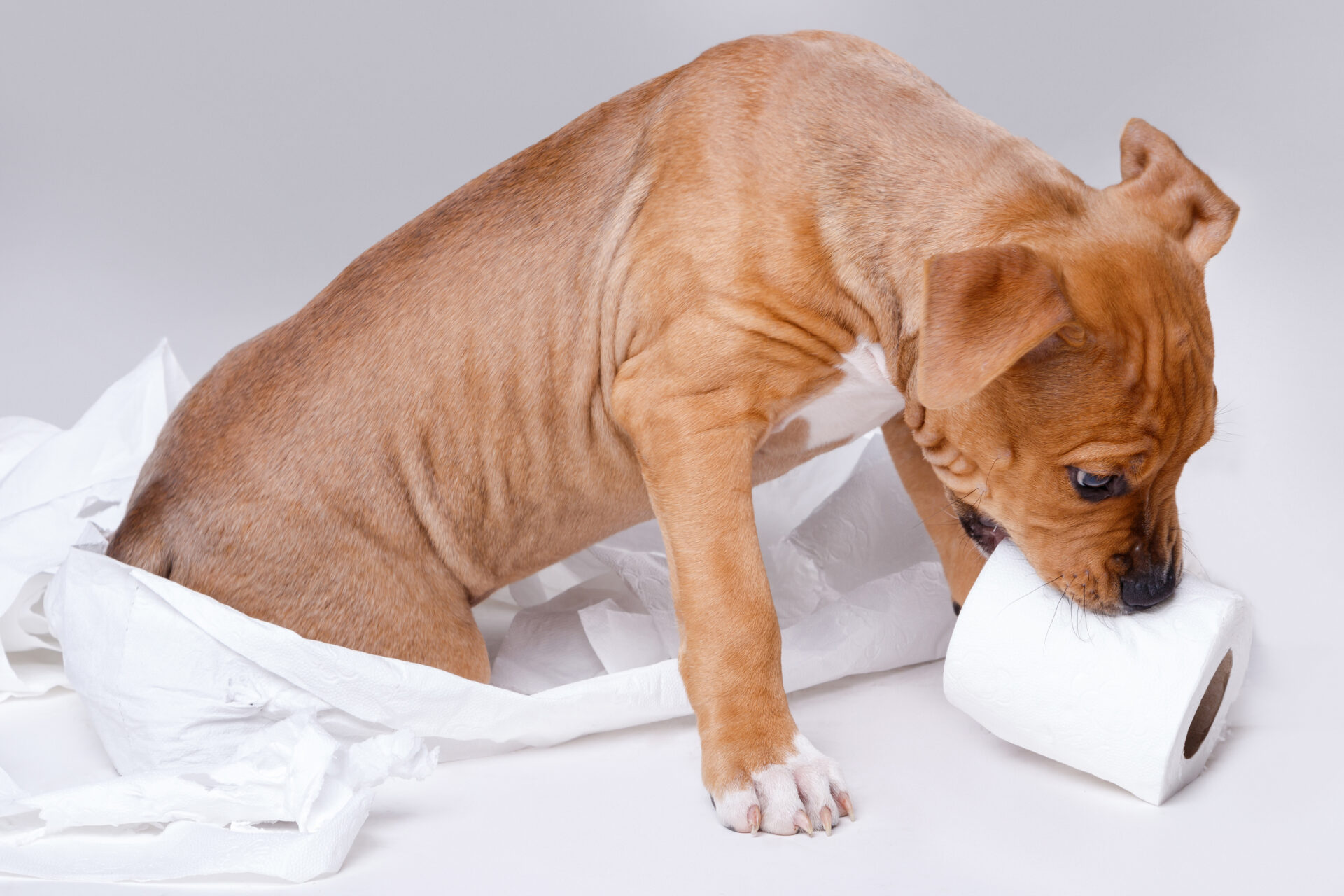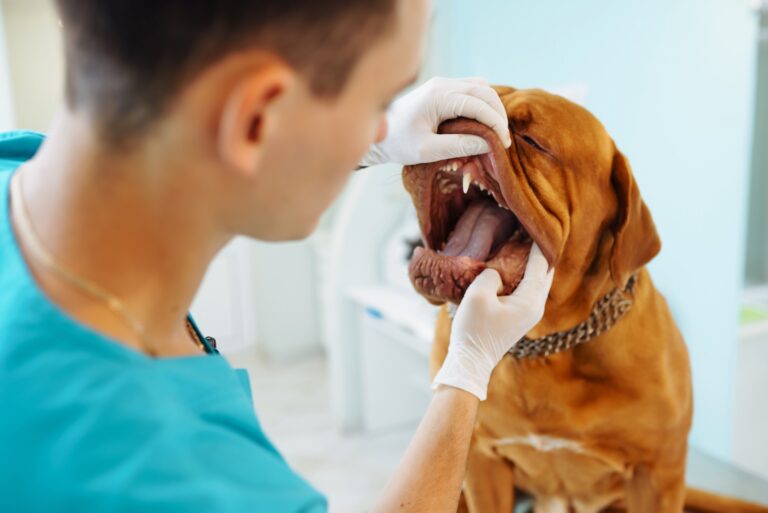Bringing a new puppy home is an exciting adventure, but house-training can feel like a daunting task. With patience, consistency, and the right techniques, you can teach your puppy where and when to do their business in no time. Follow these seven easy steps to successfully house-train your furry friend and set them up for a lifetime of good habits!
Some of the links on this page are affiliate links, which means we may earn a commission at no extra cost to you if you make a purchase. As an Amazon Associate I earn from qualifying purchases. We only recommend products we genuinely love and think you’ll find helpful!

Step 1: Establish a Routine
Dogs thrive on routines, and puppies are no exception. A consistent schedule helps your puppy understand when it’s time to eat, play, and go potty.
Set regular mealtimes: Feed your puppy at the same times each day to regulate their bathroom needs.
Take them out frequently: Puppies have small bladders, so aim to take them out every 1–2 hours, and especially:
- First thing in the morning.
- After meals or drinking water.
- After playtime or naps.
- Right before bedtime.

Step 2: Choose a Potty Spot
Designate a specific spot outside for your puppy to go potty. The consistency of using the same location reinforces the behavior.
- Take them to the same spot each time.
- Use verbal cues like “Go potty” to help them associate the spot with the action.
- Reward them immediately when they go in the right place.

Step 3: Supervise Closely
Until your puppy is fully house-trained, supervision is key to preventing accidents.
- Keep them in sight during playtime and indoor activities.
- Use baby gates or a playpen to limit their access to areas where accidents are more likely to happen.
- Look for signs they need to go, such as sniffing, circling, or whining, and take them outside promptly.

Step 4: Use Crate Training
Crate training is an effective tool for house-training, as dogs instinctively avoid soiling their sleeping areas.
- Choose a crate that is just big enough for your puppy to stand, turn around, and lie down comfortably.
- Introduce the crate as a positive space with toys and treats.
- Take your puppy outside immediately after they come out of the crate.
Note: Avoid leaving your puppy in the crate for too long. A general rule of thumb is one hour for every month of age (e.g., a 3-month-old puppy should be crated for no more than 3 hours at a time).

Step 5: Reward Good Behavior
Positive reinforcement is the fastest way to teach your puppy what’s expected.
- Use treats, praise, or playtime immediately after they go potty in the right spot.
- Keep rewards consistent to strengthen the association.
- Avoid punishing accidents—it can make your puppy fearful and delay progress.

Step 6: Handle Accidents Calmly
Accidents are part of the process, so stay patient and understanding.
- If you catch your puppy in the act, calmly interrupt them with a clap or a firm “No,” then take them outside right away.
- Clean accidents thoroughly with an enzymatic cleaner to eliminate odors that may attract them to the same spot.
- Avoid scolding your puppy after the fact—they won’t understand why they’re being punished.

Step 7: Gradually Increase Freedom
As your puppy becomes more reliable, you can start giving them more freedom around the house.
- Start with short, supervised sessions outside their confined space.
- Gradually extend their access as they demonstrate good behavior.
- Be prepared to take a step back if accidents occur—house-training is a process, and setbacks are normal.
Puppy House-Training Tips for Success
Be Patient When House-Training Puppies
House-training takes time, and every puppy learns at their own pace. Consistency and positivity are the keys to success.
Use a Schedule
Keep a journal of your puppy’s eating, drinking, and potty habits to identify patterns and adjust your routine accordingly.
Set Realistic Expectations
Most puppies are fully house-trained by 4–6 months of age, but this can vary depending on the breed, age, and individual dog.
Conclusion
House-training your puppy doesn’t have to be overwhelming. By following these seven simple steps and staying consistent, you’ll help your puppy develop good habits that last a lifetime. Remember, patience and positivity are your best tools for success.
With time, your puppy will master house-training and become the well-mannered companion you’ve always wanted. Happy training!




